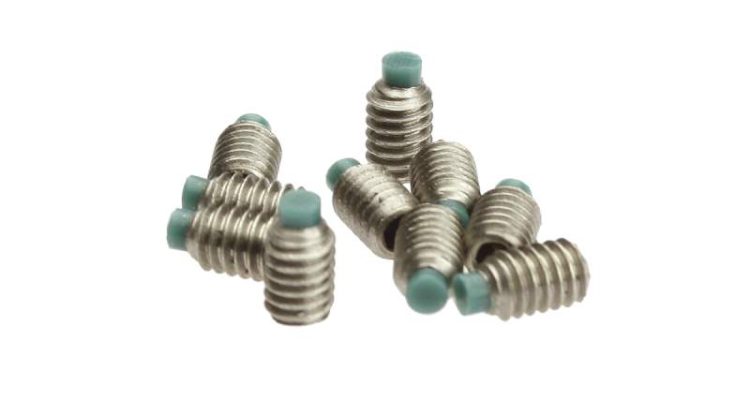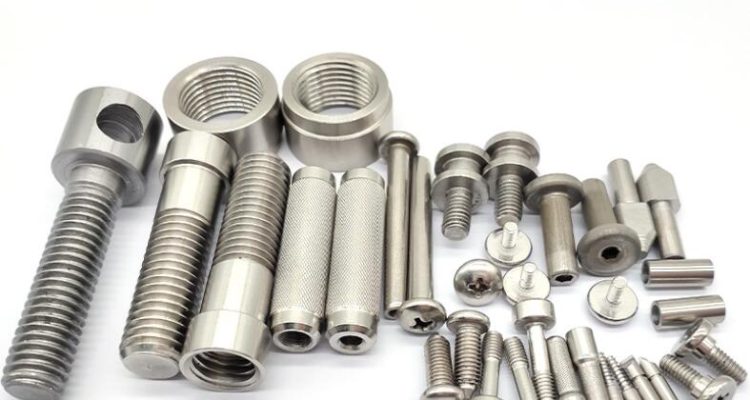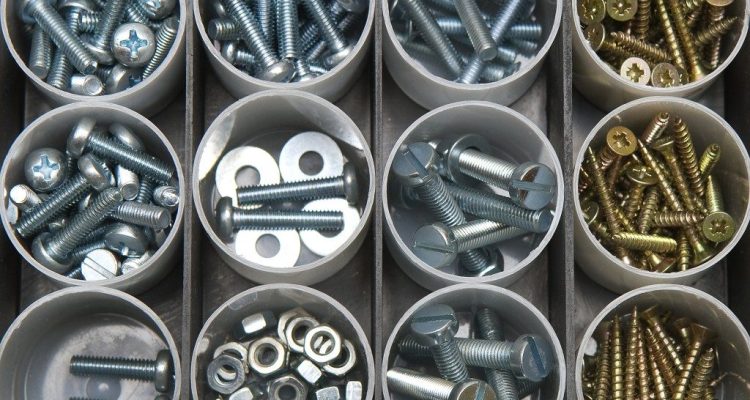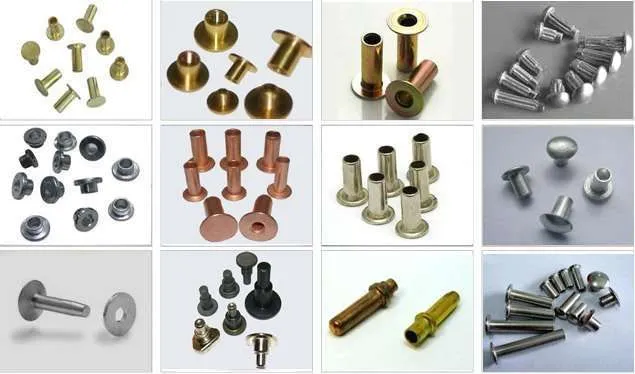
How to Design and Order Custom Rivets
Design custom rivets using CAD software, consult with manufacturers like Fastenal for quotes, and order samples to ensure material and design suitability before bulk purchasing.
Steps to Custom Design Your Rivet
If you have set out to design custom rivets, the first thing you need to do is determine the specific needs of your application. To do this, you will have to discern the size, material, and mechanical requirements of the rivet – a key component of any design to ensure the project functions as intended. As an example, while aerospace will prefer titanium rivets due to their lightness, strength, and corrosion resistance, heavy-duty marine applications will place a premium on the stainless steel rivets’ endurance and resistance to salt.
Choose the Appropriate Material
There are several materials you could use including aluminum, steel, and titanium, chosen for their strength-to-weight ratios and durability in various environments. For example, the military industry uses aluminum rivets because of they are both lightweight and strong, while stainless steel is picked for food processing equipment that needs to be thoroughly cleaned. Therefore, whether you are designing something versatile like a stainless steel steel blind rivet or custom holidays-themed rivets , the process will depend on the environmental stresses in tandem with desired strength and weight parameters.
Design the Rivet Using CAD Software
The next step lies in placing the design in a Computer-Aided Design environment. Here you can further refine your designs using specific measurements, adjust the dimensionality of the rivet, and designate the appropriate head style – flat head, round head, or countersunk. This is important as you must be able to make several drafts of the rivet, working out the kinks before placing the order. With the design in place, this is the environment where you will run different simulation tests to gauge how the rivet will respond to various applied stresses, elongation or stretching, for example.
Consult with Manufacturers
The next step is to take this design to manufacturers, such as Baco or Fastenal, who should be well-placed to provide vital feedback on the design. This feedback could range from the need to make the rivet longer, however, to save money on the raw material. Manufacturers might also inform you about the sample prices and give you accurate quotes as to what the production would cost given the current raw material rates. Moreover, this is also the time to ask for quotes from several manufacturers and compare them by the cost and delivery time.
Order and Test the Sample
Once you have received the manufacturers’ advice and quotes and made the appropriate modifications to the design, the next step will be to order samples. These rivets should then be tested by placing them in the application you designed them for and ensuring they meet all their functional requirements. For example, you could carry out load-bearing tests together with the tests of the attachment process on the real-world objects and units. . If they do not perform as intended, you have to reconsider the simulation results and design modifications. If they pass the test, you can then place the final bulk order together with the final design nuances and exact price.
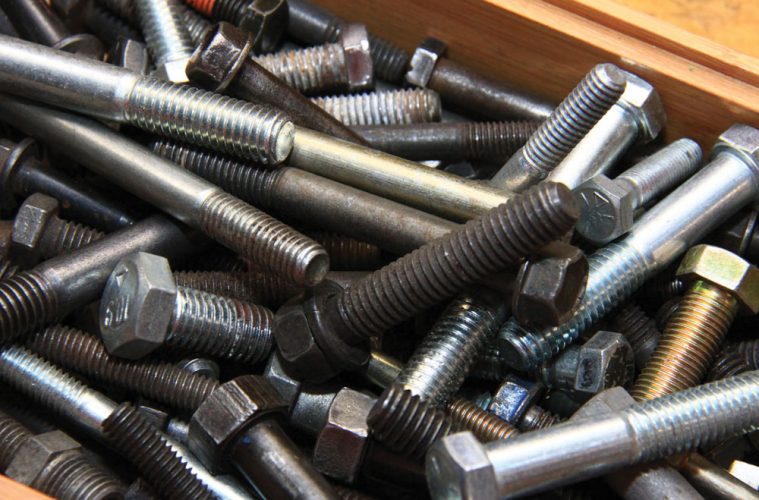
Choosing the Right Hardware
Selecting the Right Head and Body Style
The choice of correct head and body of a rivet is crucial since it presents not only the effectiveness of the assembly in the mechanical sense but also its aesthetic appeal. In particular, the choice is determined by the mechanical requirements of the connecting parts, the materials, with which the components are going to be joined, and the process environment. Besides, customers always need an understanding of the peculiarities of both head and body styles of rivets.
Head Styles
Depending on the joining specifics, heads have different shapes, which can belong to one of the following types: flat, round, countersunk, brazier . Their applications include the following:
Flat is used at assemblies where the contact voltage per unit should be distributed symmetrically.
Countersunk sits below the connected component and are ideal for guaranteeing a smooth connected surface.
Round belongs to low-profile ones but still possesses a certain excess over the item, which is ideal for items having high requirements but do not need to have unsatisfied connected surfaces.
Brazier is less common than round but is also often used in cases where the connected part does not need to be flush.
Body Types
The body can be solid, semi-tubular, or blind :
Solid is the strongest and most reliable, which is characteristic of aviation when quality requirements are at the highest level.
Semi-tubular requires less effort for installation and is often used for softer materials for which is not possible to drill a hole through but is sufficient to form a conical shape.
Blind is used when it is not possible to push the rivet through due to limited access to the manipulative end joint.
Material and Environmental Concerns
For all mentioned heads and bodies, materials should be chosen, which depends on the environment. For example, if the application is aimed at aviation or automotive fields, it might be reasonable to use aluminum, which is lightweight and corrosion-resistant. For marine locations, such stainless steel parameter as strength will be added to corrosion resistance, which is less costly, than nickel and is not magnetic. Practical example: you need to connect a structure that is on the street and is subjected to precipitation and wind blowing, and you will choose stainless steel countersunk. If the task seems too complicated, a structural engineer or a contacter is to be addressed for assistance.
Choosing Materials and Finishes
You need to consider which materials and finishes you want for custom rivets to ensure they fit your application. Are you in need of a rivet with mechanical strength or one resistant to corrosion? There are also applications where you may need a rivet that looks good. The decision also affects the cost of manufacturing and the effect the rivet has in specific environments. Let’s examine the possible considerations and possibilities for each. You can contact a manufacturer to help with your decision, as some factors are not directly related to the rivet itself and its effect.
Consider the Material Options
Rivets are usually made from aluminum, steel, stainless steel, copper, and titanium. Each offers specific advantages:
Aluminum is light and loses rust resistance, making it popular in aerospace, as well as becoming lighter for vehicles.
Steel is heavy and very strong, making it popular in construction and heavy machinery.
Stainless steel is strong and doesn’t get rusty, making it popular in marine and outdoor applications.
Copper is not primarily used for its strength but for its conductive properties and rust resistance, often seen in electrical applications.
Titanium is both light and strong, making it popular in aerospace and competitive sports.
Understand Environmental Factors
Since environmental factors play a key role, you should first consider where the application will take place. If it will be exposed to a marine environment, it will need to be made of 316 stainless steel, as its properties will not rust in contact with saltwater. But aluminum or ordinary steel is good enough and much cheaper in any indoor application. These two won’t rust even in a garage, which is subjected to regular temperature changes and humidity.
Select the Right Finish
Finishes generally enhance or affect a rivet’s properties or appearance, so you should consider them. The most popular finishes are:
Galvanized coatings protect steel from rust and are ideal for outdoor use, on construction site warning signs, for example.
Anodized finish is used for aluminum rivets, so they don’t corrode and can be any color, popular in consumer electronics.
Cadmium plating also offers superior rust resistance, especially at higher temperatures, so is still used in aerospace despite environmental concerns.
Example of Practical Application
If you are looking for a rivet for use with a sign outdoors, it will be optimal to use an aluminum rivet with an anodized finish. It will be resistant to the influence of the weather and at the same time will look nice in the weather-colored sign.
Providing Dimensions and Detail Drawings
The key to manufacturing custom rivets is the precision of the dimensions and the detail drawings. These technical documents are what the manufacturer uses to produce the final product, and the ability of each rivet to effectively serve its purpose is contingent upon the match between the blueprint and the technical document. The following sections will explain what should be included in a drawing, how they should be made, and which checklists should be followed.
Measure Accurately
Dimensioning is crucial to every design. For a rivet, the most important dimensions are the diameter, group range, head size, and length, although the latter two are usually included in the group range . These measurements must be taken accurately to ensure the rivet can be loaded mechanically as is necessary. For example, rivet diameters tend to be either 5 mm or 6 mm, to correspond with the thickness of the materials that will be joined . The grip range, meanwhile, depends on the length of the rivet arm and can vary from 4 mm to 22 mm .
Draw in Detail
The drawing should include all views of the rivet, which are the top, side, and screws , as well as the sectional view . Drawings should ideally be made in AutoCAD, because that program allows for high precision and easy editing, and a checklist should be used. It should include the required head shape, material subjections, any surface finishes, and a tolerance for each dimension . For example, for an aerospace rivet, the tolerance can be as minuscule as ±0.01 mm to ensure ironclad safety in high-stress situations .
Material and finishes should also be included on the drawing so as not to shift from the original goal of ensuring the proper mechanical applications. If the rivet needs to be made of a certain grade of stainless steel, to resist corrosive effects, that fact must be stated in the drawing. The same applies to the finish, which can be anodized, galvanized, enamelled, or painted . The choices will affect the dimensions of the rivets to a certain extent and must correspond with the correct samples. Lastly, be sure to check ASTM and ISO standards guidelines. A rivet of a different dimension will not be mechanically applicable and will lack tensile strength. Finally, as a result, none of these measurements will serve their intended purpose, i.e. mechanical joining.
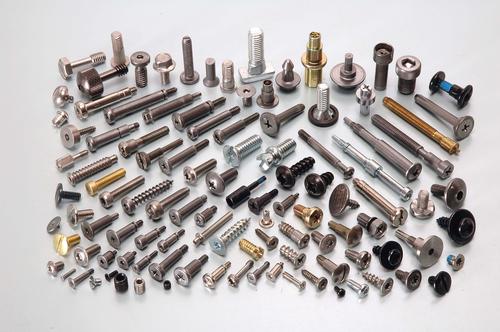
Cold Forge Fasteners And Forging
The Ordering Process for Custom Rivets
Ordering custom rivets is a complex process. To ensure that the final product complies with all specified requirements, it is the case to be especially careful in planning and communication. In this paper, we will provide a step-by-step manual that may be beneficial for companies that want to order custom rivets.
Initial Consultation and Requirements
As a first step, you will need to contact the manufacturer and specify the details of your project. You will need to specify the nature of the thing you producing, define the load to be transferred, and where it will be happening. If the product requires any certification or regulatory compliance, this needs to be stated as well. You will also need to present all detailed specifications, sales, and drawings. If your company wants to order rivets for aerospace, make sure the manufacturer understands the need for titanium and other high-stress, corrosion separate materials.
Quotation
Once you present the specifications, the manufacturer will provide a quotation. It will state the cost per unit, the price of the tooling, the order minimum, and the estimated order. For instance, your quotation might claim that 10,000 stainless steel rivets will come at $ 0.20 and will take four weeks to complete. Do not forget to make these estimates better, ask how many rivets should you order to get this cheaper and other ways to optimize your cost.
Prototyping
It is likely that you will want your prototype to be created if the use of the already designed rivet is not possible for some reason. To ensure that the product will work is intended, test it under the conditions that are expected. It is important for such things as design and production. All your feedback about the prototype will help avoid specific issues that should be resolved before the mass production.
Order
Once the prototyping is finished and all the required spec is done, you can proceed to the order. The vendor will provide the order and give you the contract, in which he will state the order time, its price, and all warranties. Make sure that the contract represents all results of your negotiations. Good luck!

